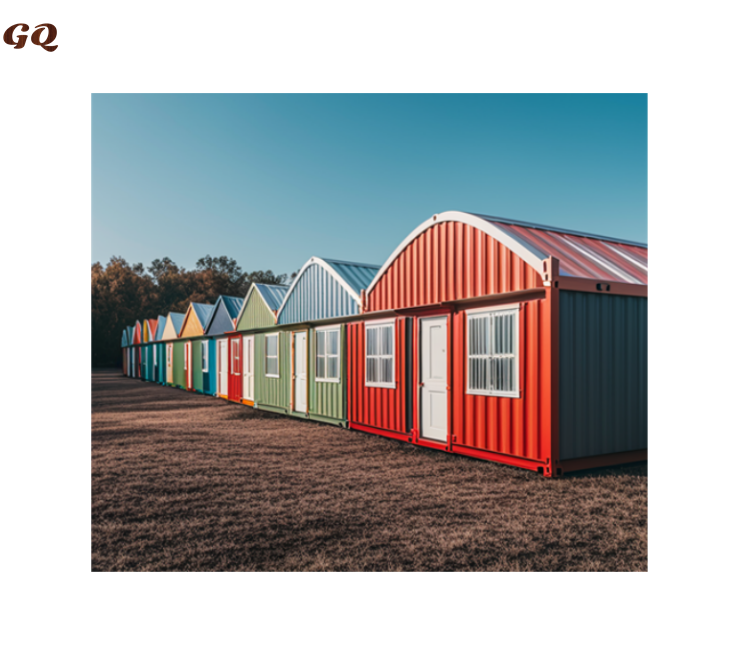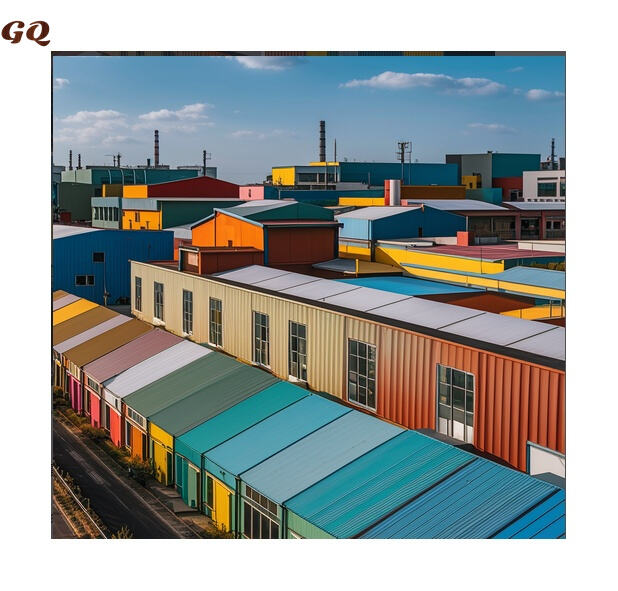Dorms give residents a bed and a living area, normally set up within schools or similar institutions. They bring many bonuses. This efficient use of space houses multiple people per room, the communal fixtures need not be so large and complex as to multiply costs, and there are far more ways residents can gather together for socializing. It's hard enough for people in buildings where they're consistently insulated from contact by inflexible walls-- but those who turn back on their own kind are in dire case. With today's lack of space, it's difficult to arrange many master bedrooms into one shared facility without disliking or betraying the group. So there can be seen in both wood constructions and metal frame buildings a desire to give people a sense of fastidiously protected space - on their own faces most clearly. Furthermore, the function of the dormitory as an environment that ensures safety is an easy one to exercise: a small, enclosed space. Compatibility or independence with kitchens, dining halls, public restrooms and even washing machines would all be facilitated. Meanwhile simplicity offers convenience for supervision and management which is particularly important when one’s priority above all else must be the safety of residents.


